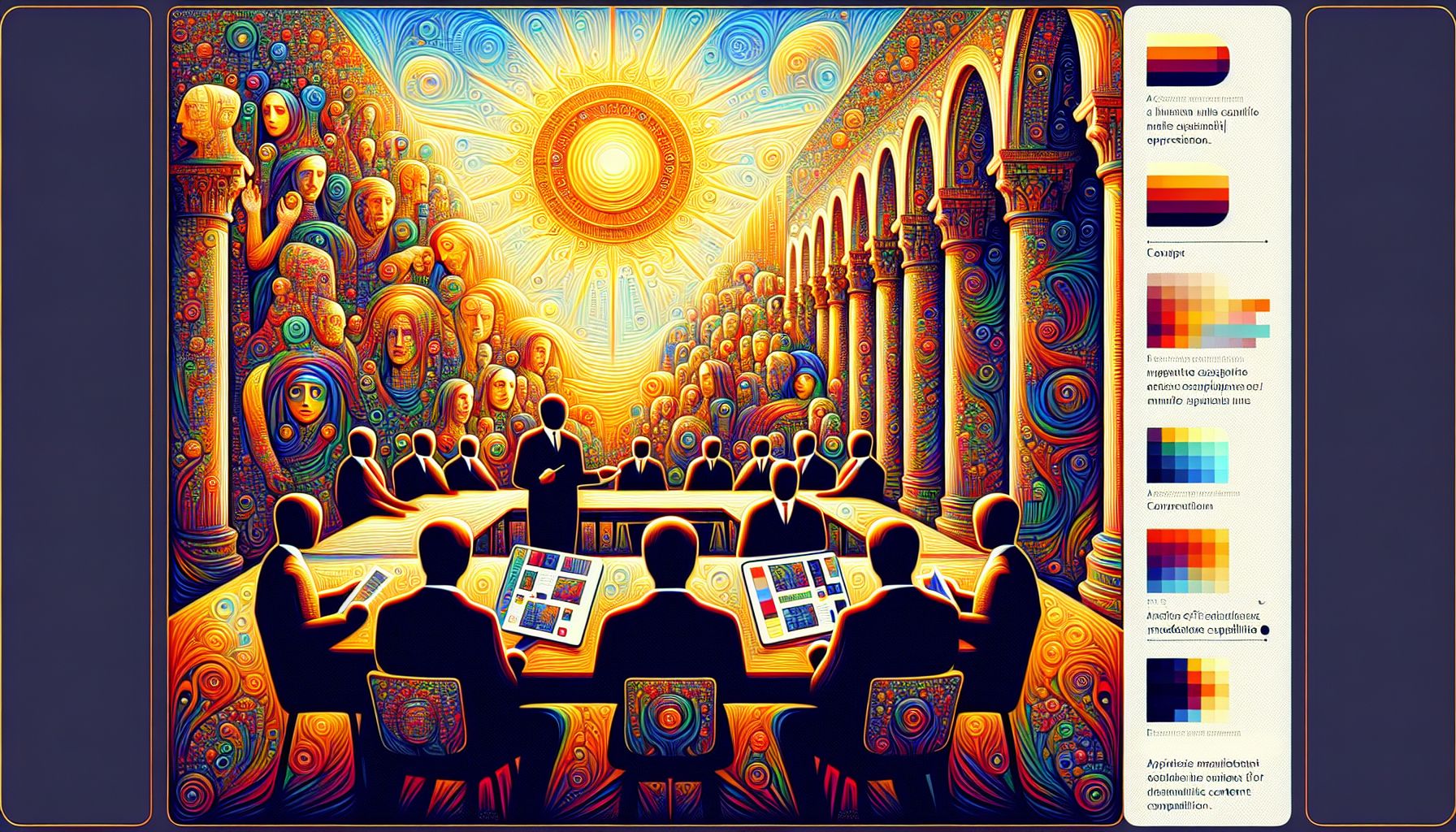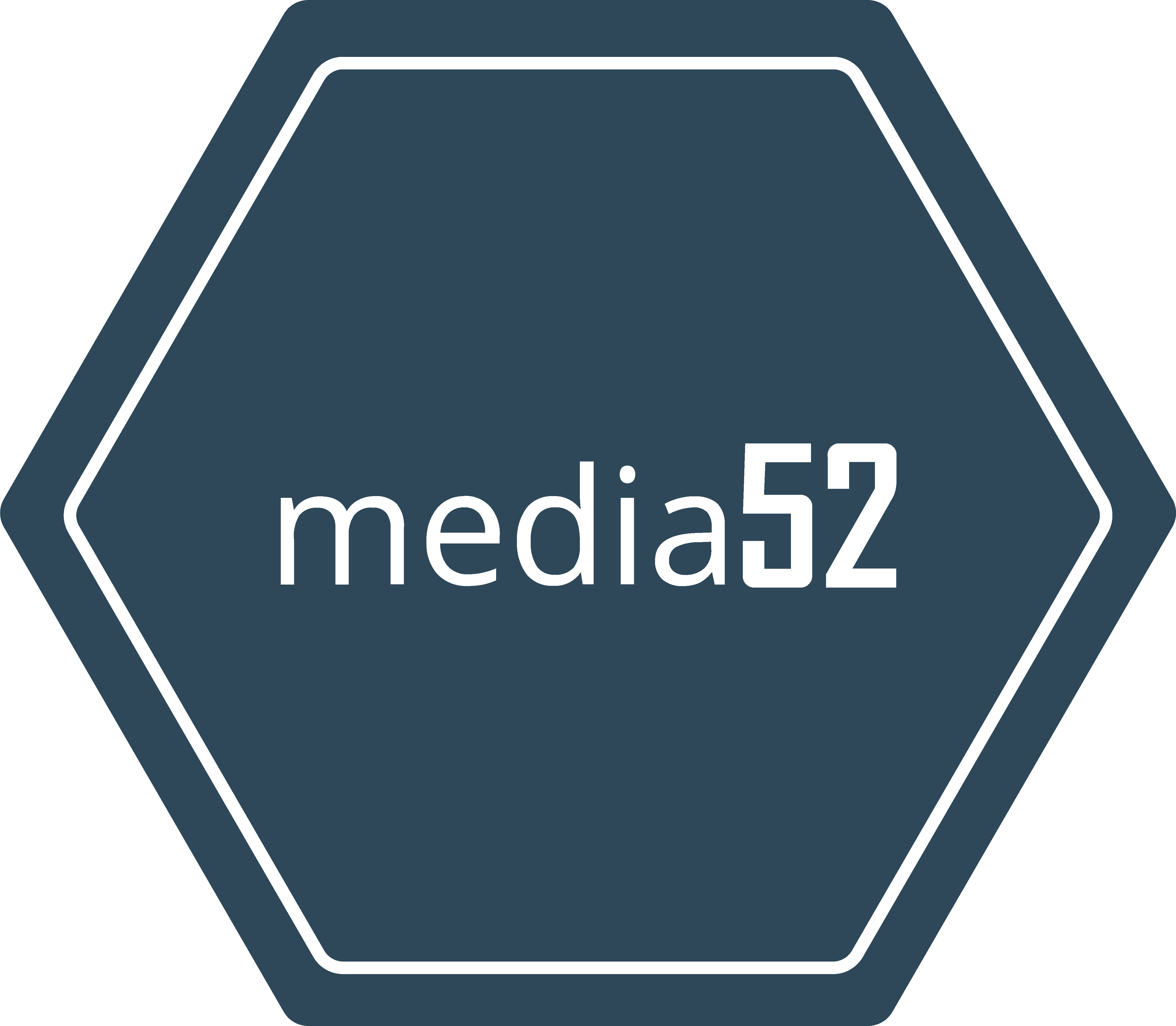OpenAI Enhances Image Generation: Balancing Creativity and Ethics

San Francisco, Monday, 31 March 2025.
OpenAI expands its GPT-4 image capabilities removing content restrictions, boosting user creativity while introducing ethical questions. Image generation now includes public figures, raising content moderation concerns.
Advanced Technical Capabilities
OpenAI’s GPT-4o represents a significant advancement in image generation technology, capable of handling 10-20 objects simultaneously, surpassing previous systems that typically managed only 5-8 objects [1]. The system employs a sophisticated approach that combines transformer-based layout generation with what appears to be a Rolling Diffusion technique, allowing images to start as rough layouts before being progressively refined with sharper details [2]. The technology has been developed under the leadership of Gabriel Goh, who emphasizes that image creation is now as straightforward as having a conversation [1].
Implementation and Accessibility
As of March 31, 2025, the enhanced image generation capabilities are being rolled out to Plus, Pro, Team, and Free users, with Enterprise and Educational access forthcoming [1]. Users should note that image generation may take up to one minute due to the increased detail in rendering [1]. All generated images will include C2PA metadata to ensure transparency and proper attribution of AI-generated content [1].
Content Moderation Shift
OpenAI has fundamentally altered its content moderation approach, moving away from broad restrictions to a more nuanced strategy focused on preventing real-world harm [3]. This shift allows for the generation of images featuring public figures and previously restricted content, though the platform maintains certain ethical boundaries regarding extremist content [3]. The company has implemented an opt-out function, enabling individuals to request exclusion from image generation capabilities [3].
Technical Infrastructure and Future Implications
The system’s architecture incorporates advanced vision-enabled models that can analyze and generate images while maintaining high standards of photorealism [4]. As OpenAI continues to refine these capabilities, the platform faces ongoing discussions with regulatory bodies regarding content censorship and copyright implications [3]. The technology’s implementation has already demonstrated significant impact, with reports of server capacity being tested due to high user demand for specific style generations [6].

